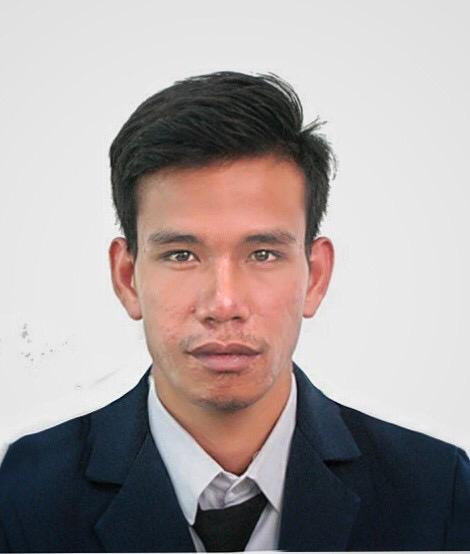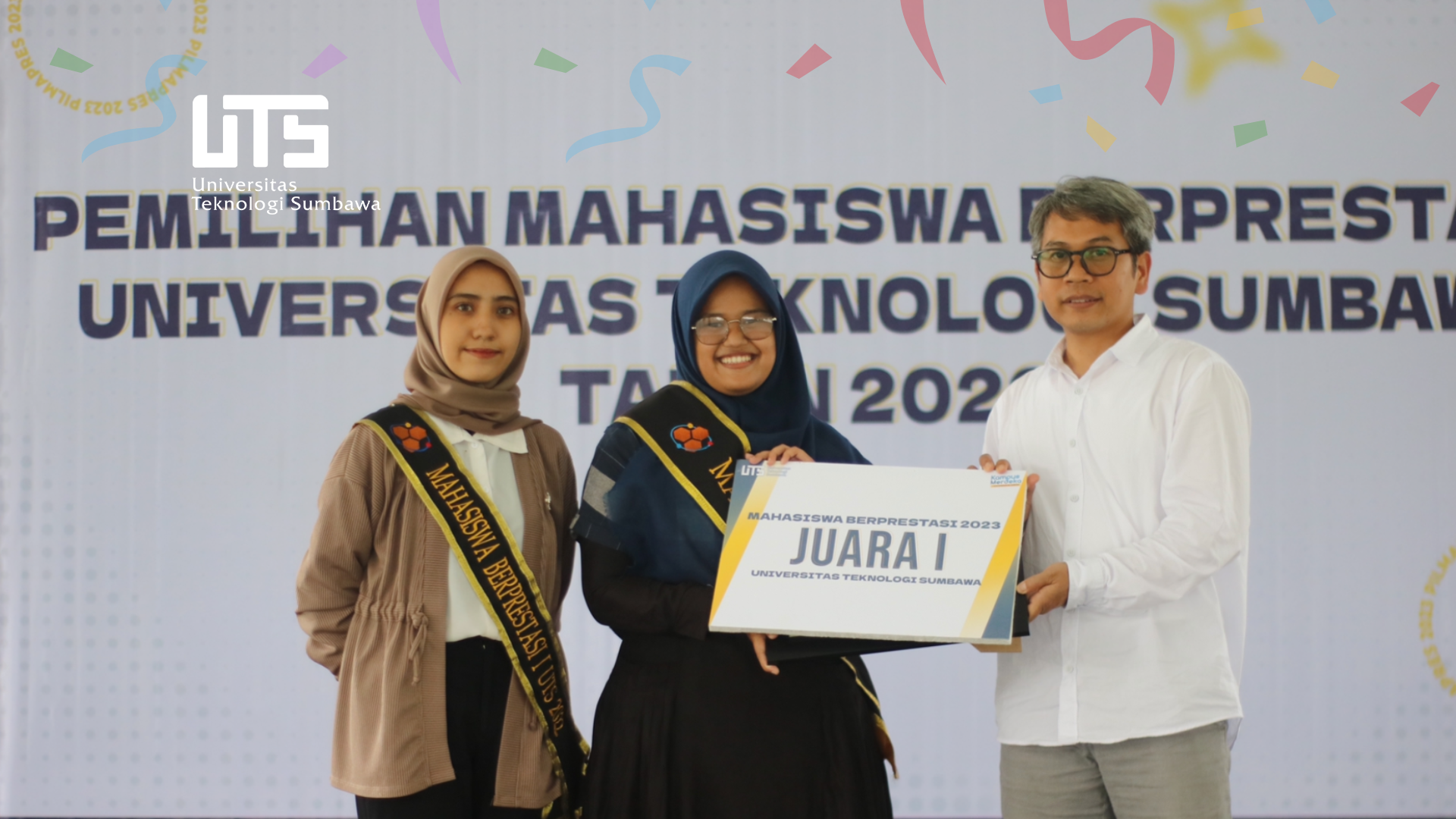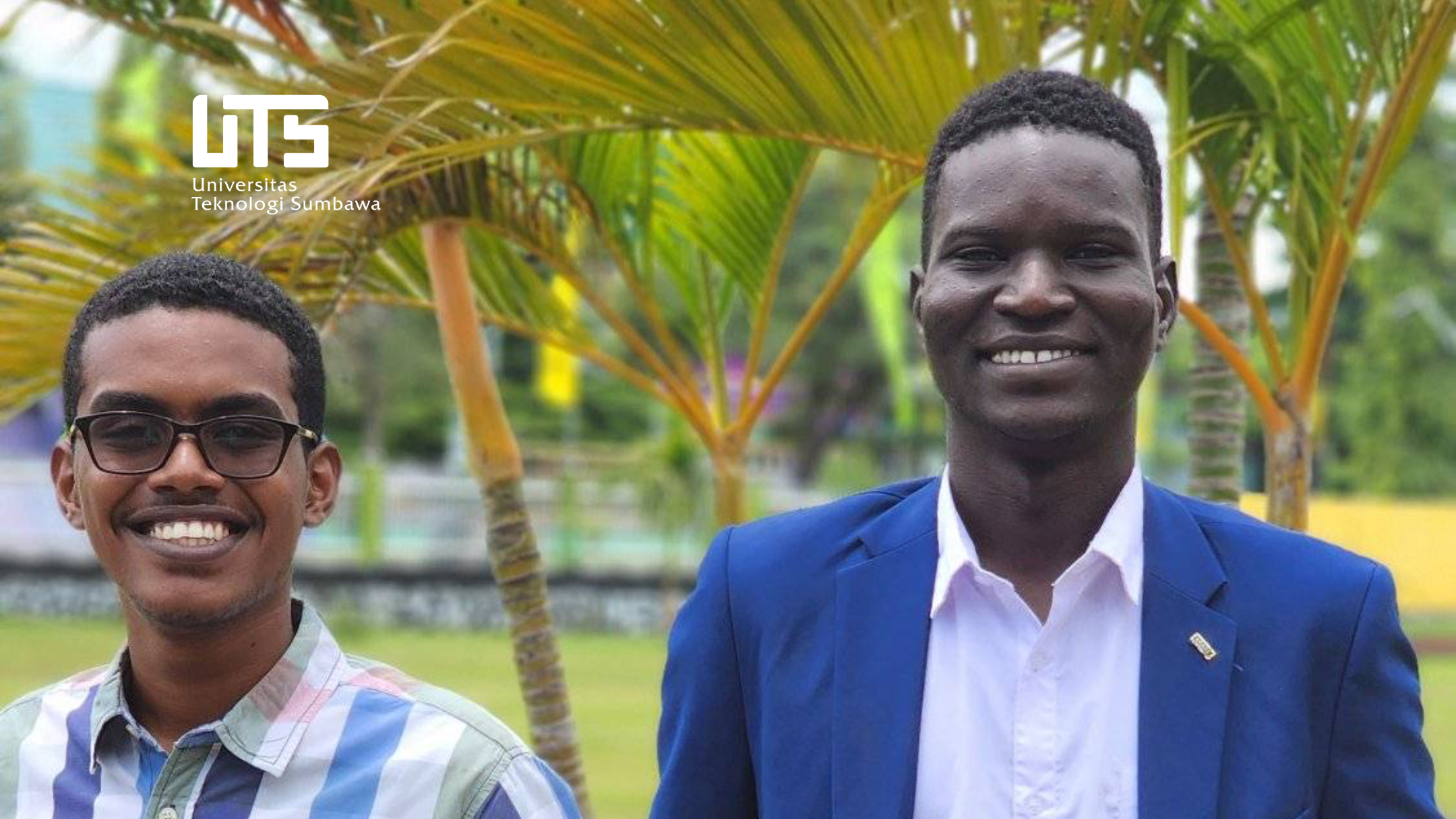
Written by:
THEN HERI RIZALDI S.TP., MT
(Lecturer in Agricultural Industrial Technology, Sumbawa University of Technology)
The carrying capacity of the land balance-based environment leads to how to maintain the availability and needs of food production in an area. Land use changes and increasing population numbers have a major impact in meeting the needs of both agricultural land use, food needs, and settlements. The growing human population is causing increased food and shelter needs, therefore a balance is needed between the carrying capacity of the environment and the use of existing land. Decreased environmental quality resulted in the improvement of the development plan to be an absolute thing to be immediately realized in an effort to reduce the rate of increase in agricultural development.
Some areas in Central Lombok Regency switched functions to tourism and settlement land, because West Nusa Tenggara (NTB) especially Central Lombok Regency is stipulated in the development of Special Economic Zones (KEK) engaged in tourism development. Land transfer in Central Lombok Regency continues to increase as a result of reduced agricultural land, with an average land reduction of 10 ha per year within 10 years of the total productive agricultural land currently 50,000 ha. One of the main causes of the transfer of land functions is the rapid development of development in the tourism sector, so that supporting sectors such as hospitality, housing, shophouses, built on productive agricultural land.
West Praya Subdistrict is one of the sub-districts located in the Central Lombok Regency area. West Praya Subdistrict is in the southern region which is directly adjacent to the Indonesian Ocean which means it has a long coastline. The development of the tourism sector has a direct impact on development. The existence of Lombok International Airport (BIL) has a major influence as a gateway for international and domestic visitors. The large demand for land to support tourism development such as housing, hospitality, shelter, road infrastructure, shophouses, and other facilities is very developed in West Praya District. The transfer of land functions to the tourism sector has a great impact on the availability and needs of land.
This is a challenge that must be met so that the tourism sector is more advanced and the fulfillment of people’s food needs continues to be fulfilled. The region is said to have good food security when food is available, good quality, people can buy at affordable prices, and the people do not have to depend absolutely on other regional food sources. Efforts to assess a region in measuring biocapacity productivity and the ability to provide food independently is to assess the carrying capacity of the environment based on land balance, so that it can be a reference or reference in taking policy.
Conducting land balance analysis requires some data such as population data, livestock population, plantation commodities, agricultural commodities, palawija, vegetable fruits and fisheries data, from the data to meet the value of the needs and availability of existing land and in 2031 (RTRW). Furthermore, the population is projected until 2031 (RTRW conditions). The value of land needs and availability is compared to obtain the status of the land balance environment carrying capacity analyzed in accordance with The Minister of Environment Regulation No.17 of 2009, with the criteria if the availability of land is greater than the needs of land then the status of the carrying capacity of the environment balance of land is surplus, if vice versa then the deficit. Surplus status provides an idea that the region can still meet the needs of local people’s biological products.
Calculation of land availability and needs is projected with the aim of knowing the amount of availability and land needs by 2031. The simulation process is created by projecting the population until 2031 using arithmetic methods. Analsisis carrying capacity of the land balance environment in the west praya subdistrict shows that the existing conditions and RTRW is surplus. In existing conditions the population is still stable with a level of food needs that are not too high. Rtrw condition (in 2031) is still surflus, Despite the increase in population growth, West Praya Subdistrict is still in the surplus category, this is due to the level of land availability in the region is still sufficient and stable population growth. From these results, visualization is then done in the form of maps using ArcGis 10.3 software so as to produce the carrying capacity status of the land balance environment in the form of maps.






